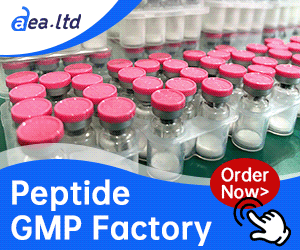snake
Veteran
- Joined
- Jan 29, 2014
- Messages
- 12,340
- Reaction score
- 19,820
- Points
- 383
There's may of us that use N-acetylcysteine (NAC) during our cycles, so when I bumped into this I was very surprised. Of course, it's just one small study but it did raise an eyebrow.
It also includes vitamin E in the study; an antioxidant per the medical community.
http://www.nature.com/news/antioxidants-speed-cancer-in-mice-1.14606
It also includes vitamin E in the study; an antioxidant per the medical community.
http://www.nature.com/news/antioxidants-speed-cancer-in-mice-1.14606










